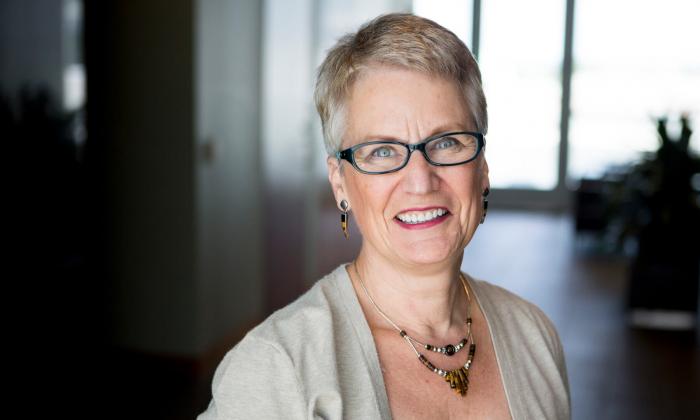
This issue marks some firsts: It is the first summer edition of Teaching Tolerance magazine. It’s the first time we’ve published more than two issues annually since the magazine began in 1992. And it’s the first digital-only issue for iPads. It’s also available on the Web.
But it’s not in print.
We’re incredibly excited by the new things we can do with the digital edition. To get a taste, jump ahead to the One World poster and watch what unfolds.
Making this move to digital wasn’t a decision we took lightly. We know how much our subscribers love Teaching Tolerance magazine as it is. But our readers also told us that the single biggest improvement we could make was to publish more articles, more often. We weighed the possibilities and came up with the idea of publishing a digital edition for iPads.
At first we saw it simply as an economical way to get more articles out to educators.
But those of you already reading on mobile devices know how technology juices up learning in the classroom, and you can guess what happened next. As we explored the possibilities, our eyes opened wide, our hearts beat a little faster, our imaginations popped. We could add video, audio, animation!
“In teaching, you cannot see the fruit of a day’s work. It is invisible and remains so, maybe for twenty years.”
Jacques Barzun
We’re excited about this digital edition, but we’re also nervous, worried that this issue, with its great articles and with so much to experience, will not be seen. After all, over 400,000 people think of Teaching Tolerance magazine as something printed and bound that arrives in mailboxes twice a year. They’re not expecting an issue in May, and they might not be ready for one that can only be read online or on an iPad.
Will they miss reading about how gender is a spectrum, not a simple pink/blue binary, and learning how they can make their classrooms more inclusive for kids who don’t fit narrow gender norms?
Will they miss finding new ways to introduce social justice into science lessons, not only with the story of Henrietta Lacks, but by encouraging students to see scientific inquiry through a different lens?
Will they miss the chance to discover ways to shatter stereotypes about Asian Americans? Or to go beyond the school garden to raise food justice issues in the classroom and the community? Will they miss out on learning how local monuments can help students reconsider history that is set in stone?
We hope not.
We’re hoping you will help us spread the word about what’s new from Teaching Tolerance, starting with this first digital edition. Encourage your friends to become digital subscribers. Share the stories on social media. Talk about it in the lunchroom. Save resources to use in your classroom.
And tell me what you think. I’m eager to hear. Send comments to lfjeditor@splcenter.org. Use the subject line “digital issues,” and start with “Dear Maureen.” I’ll read every one.
—Maureen Costello
CORRECTION
The Paulo Freire Freedom School was incorrectly identified in “No School Like Freedom School” (Spring 2013) as having been founded in response to Arizona’s ban on ethnic studies. In actuality, it was the Tucson Freedom Summer program that protested the ban and sought to revive the ethnic studies program.